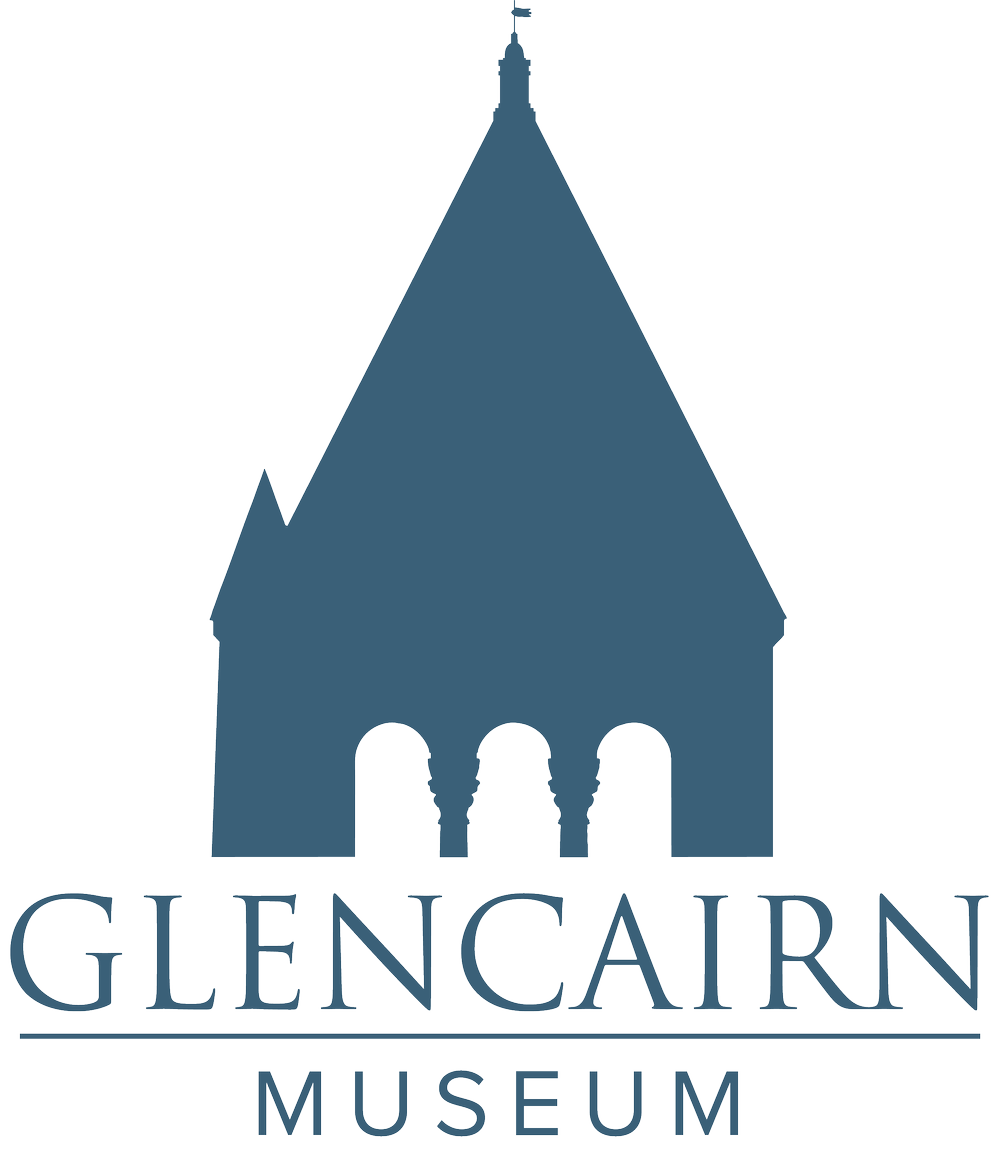The History of the Museum
The idea of forming a museum for the Academy of the New Church came about in the first years of the school's existence. Bishop William Henry Benade, the first chancellor of the Academy, had a profound interest in the mythology and religious practices of ancient cultures. He felt that it was important to instruct students in the history of religion and that objects from these cultures would provide an excellent source for in-depth study. While on an extended trip to Europe and the Middle East in the late 1870s, Benade and his travelling companion John Pitcairn collected many "antiquities" from the lands they visited, including Egypt, Syria, Greece, Cyprus and Italy. They shipped these items back to Philadelphia where they were set up in a temporary exhibit at the home of one of the Academy leaders for all to enjoy.
While in Italy Benade also arranged to purchase, through the generosity of John Pitcairn, a collection of around 1,300 (mostly small) artifacts from Professor Rudolfo Lanzone of the Egyptian Museum in Turin. This collection, consisting mainly of bronzes and statuettes of Egyptian gods, formed the core of the early Academy Museum collection. When Benade returned to Philadelphia in 1879 he set up a room in his home to house the "museum" of the Academy. He gave lessons to students from his home and used the museum objects as examples of the religions of ancient cultures.
Over the next several years, the Academy went through several changes in both quarters and leadership, and the Museum's collection fell into disuse. In the early years of the new century, the Museum was moved to the Academy's present location in Bryn Athyn, Pennsylvania. However, it was not until 1910, when the library building was completed in Bryn Athyn, that the Academy Museum was given a permanent home. The entire third floor of the library was devoted to the Museum. In the 1910s and 1920s, the pieces were arranged and displayed according to their region of origin, and catalogs were made of several of the collections. The Academy also added to the Museum's holdings through the purchase of several copies of important works from the British Museum. Raymond and Theodore Pitcairn also donated and loaned many objects to the Museum in these years, including important Medieval and Asian works of art.
Throughout these years, the Academy Museum had fallen under the directorship of the Head Librarian, Reginald Brown. Brown made a great effort to organize the collections and to use the objects to instruct students of the Academy about the history of religion. Brown was even able to use library book fines to purchase small objects for the Museum. But after his death in 1937, the Museum received less and less attention from the limited library staff. In 1948, the main building of the Academy, Benade Hall, was destroyed by fire. Because of this, classes were held in the library, and the Museum was used as a makeshift chapel and lecture hall. The collections were split up and set on top of bookcases, in corners, and wherever room could be found to keep them. It would be a long time before the Museum would recover from this disruption. In the following years, the collections were not put back in their former order and little attention was given to the Museum as a separate entity from the library. The small staff at the library were not able to open the Museum to visitors on a regular basis, and teachers found it increasingly inconvenient to bring students to see it.
In the early 1970s, the Museum underwent a revival. A new committee was formed to run the Museum that was particularly interested in the study of ancient religions. This committee undertook the task of reorganizing and cataloging the collections and setting up displays and exhibits. The collections of the new Academy Museum were soon arranged chronologically by culture, focusing on the religious practices of each age. Teachers were invited and encouraged to bring their students for classes, and many special lectures were given. The revitalized Museum soon outgrew its quarters in the library building.
In 1980, following the death of Mildred Pitcairn the previous year, Glencairn and its extensive art collections were given to the Academy of the New Church by the Pitcairn family. The Academy decided to move the Museum into Glencairn and combine its collections and the impressive Pitcairn collections into one, now known as Glencairn Museum. The main floor of the building has been preserved essentially as it was in order to serve the schools and the community as a center for cultural and social activities. The other floors have been converted to museum galleries to house the Pitcairn collections and the former Academy Museum holdings.
Today the mission of Glencairn Museum remains much the same as that of the old Academy Museum: to educate visitors about the history of religion, using art and artifacts from a variety of cultures and time periods. The galleries use the collections to illustrate the beliefs of many different religions, including Ancient Egyptian, Greek and Roman, Medieval Christian, Asian, and Native American. Recently an additional emphasis has been placed on expanding and exhibiting the Museum's collection of New Church art, comprised of works by Swedenborgian artists of the 19th and 20th centuries. The Museum now has a full-time director and a professional staff to handle collections management, curatorial work, and educational programs. The staff is assisted in this work by a large group of student interns from Bryn Athyn College and the Academy's Secondary Schools. These dedicated young people are not only vital to the running of the Museum, but help to keep it a lively and exciting place to visit.
